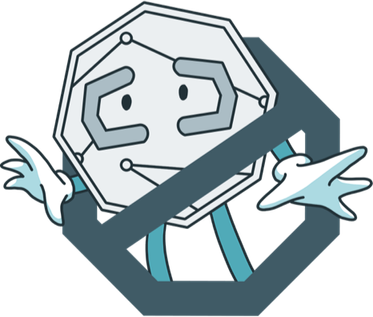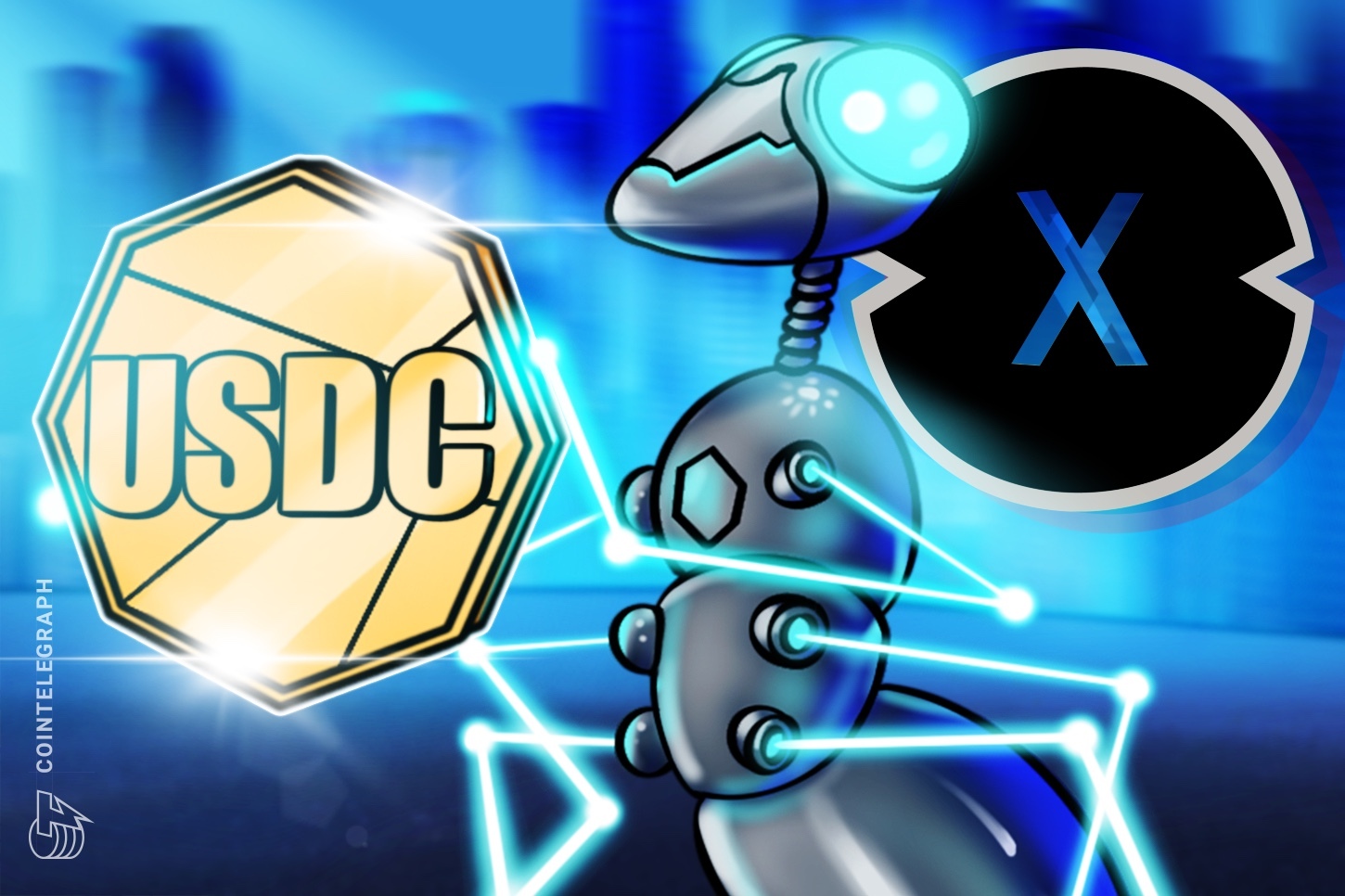Sponsored Content
Layer-1 blockchain XDC Network is enhancing its infrastructure by integrating Circle’s USDC stablecoin and CCTP V2, leveraging the regulated stablecoin to provide its trade finance and RWA ecosystem with an institutional-grade settlement layer.
For decades, the multi-trillion-dollar global trade finance industry, worth $9.7 trillion in 2024, has been hampered by slow, paper-based processes. The reliance on physical documents like letters of credit and invoices creates significant inefficiencies, limits access to capital and leaves the entire system ripe for a digital transformation.
While blockchain technology has long promised a solution, a critical piece has been missing: a regulated, liquid and trusted digital dollar to serve as the primary settlement asset. That missing piece is now falling into place in XDC Network, an enterprise-grade layer-1 blockchain optimized for trade finance and real-world asset (RWA) tokenization.
Circle, the issuer of the USDC (USDC) stablecoin, has announced the integration of USDC and its Cross-Chain Transfer Protocol (CCTP) V2 with the XDC Network.
From cross-chain to supply chain.
— XDC Foundation (@XDCFoundation) August 27, 2025
USDC, issued by regulated affiliates of @Circle, is coming to XDC Network, alongside CCTP V2.
Here’s what it means 🧵 pic.twitter.com/wVjJr9BAtX
Settlement layer for digital and cross-border trade
The integration delivers a fully reserved and regulated digital dollar infrastructure to XDC’s ecosystem of over 175 applications and enterprise partners, positioning the network for further growth within the global trade finance sector.
XDC Network’s blockchain already processes trade documents and invoices for major financial institutions through partnerships with the Trade Finance Distribution Initiative and Singapore’s IMDA Trade Trust. The arrival of USDC provides the institutional-grade settlement layer needed to bring these processes fully onchain, while XDC’s ISO-20022-compatible messaging streamlines connectivity.
“By combining Circle’s regulated stablecoin with our trade-focused blockchain, we’re providing the missing infrastructure layer that enterprises need to digitize traditional finance processes,” XDC Network commented.
For businesses, the integration provides access to institutional on/off-ramps like Circle Mint and brings enhanced liquidity to the entire ecosystem.
Enabling liquidity across blockchain borders
A key component of the integration is the deployment of CCTP V2 on the XDC Network. This protocol enables secure and capital-efficient transfers of USDC between XDC and other supported blockchains like Ethereum, Solana and Avalanche.
@Circle is set to bring @USDC, the world’s largest regulated stablecoin, and CCTP V2 to XDC Network.
— XDC Foundation (@XDCFoundation) September 1, 2025
USDC will power applications from RWA tokenization and global trade finance to DeFi and beyond.https://t.co/uIuksJ3dpF pic.twitter.com/psBeVX3xg7
For enterprises, this allows for a new level of efficiency, enabling crosschain liquidity management and treasury operations without the risks associated with traditional third-party bridges. With the integration, developers can build applications that feature seamless crosschain onboarding, swaps and payments.
Infrastructure for real-world asset tokenization
The USDC integration also strengthens XDC Network’s position in the RWA tokenization market, which is expected to reach up to $16 trillion by 2030, according to XDC Network. With a regulated stablecoin as the primary settlement asset, XDC aims to support a wide range of tokenized assets, including US Treasurys, private credit and real estate.
This is made possible by the network’s enterprise-grade technical foundation, which features high throughput of over 2,000 transactions per second at a near-zero cost, 6-second transaction finality and compliance with the ISO 20022 financial messaging standard.
Building on recent momentum, including a partnership with Japan’s SBI Group and its status as a layer-1 member of the International Trade and Forfaiting Association, XDC Network is demonstrating a clear strategy for enterprise adoption.
By combining a regulated digital dollar with a purpose-built blockchain for enterprise finance, Circle and XDC Network are laying the foundational infrastructure for the large-scale digitization of global trade. Such initiatives can pave the way for a more transparent and accessible global financial system, where cross-border trade is powered by the speed and security of the blockchain.
Disclaimer. Cointelegraph does not endorse any content or product on this page. While we aim at providing you with all important information that we could obtain in this sponsored article, readers should do their own research before taking any actions related to the company and carry full responsibility for their decisions, nor can this article be considered as investment advice.


